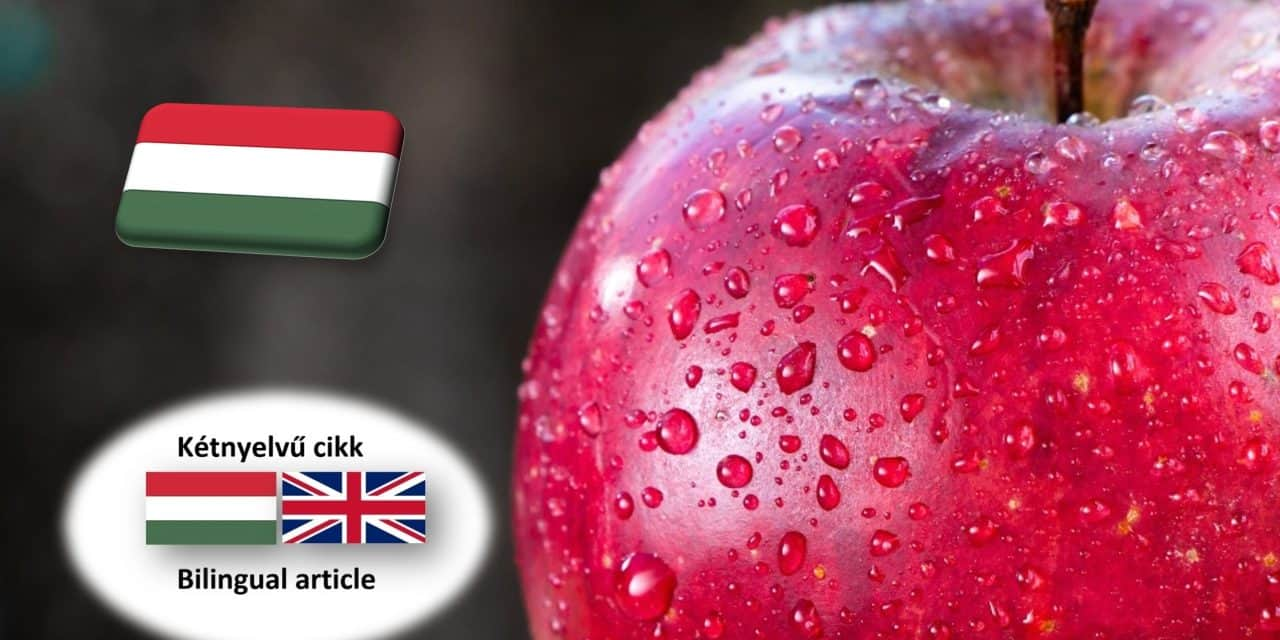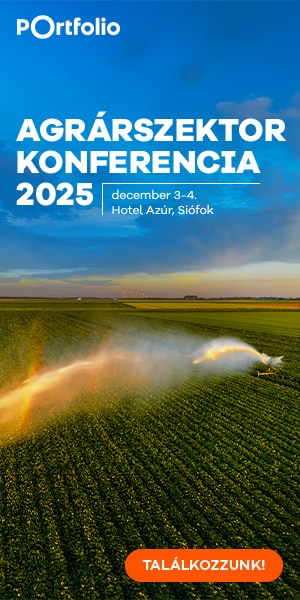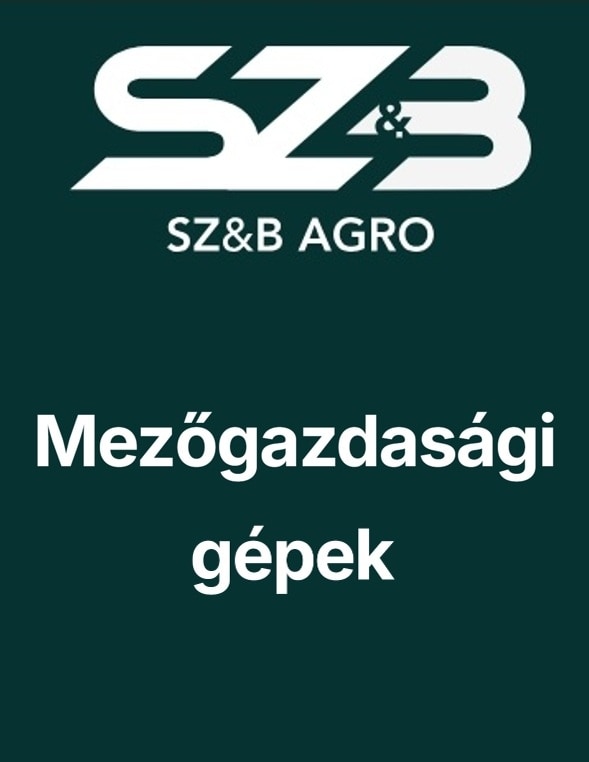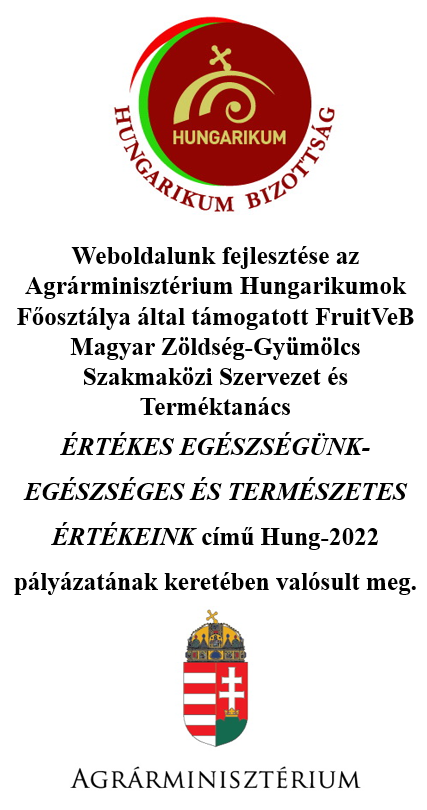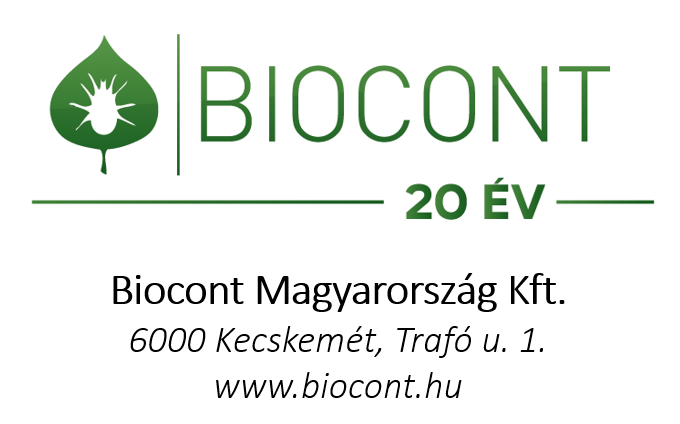The year in review: assessment of the 2022 Hungarian apple season – crop was even lower than expected

A szezon előtti – 2022 augusztusi – termésbecslésünk során 300-350 ezer tonnás hazai almatermést prognosztizáltunk. Az előzetes adatok alapján úgy tűnik, hogy a 2022. évi tényleges termés valamelyest alul múlta a negatív várakozásokat is: mindössze 280 ezer tonna alma termett Magyarországon, melyből 200 ezer tonna az ipari alma, 80 ezer tonna pedig a frisspiaci (étkezési) alma.
A gyenge termés hátterében az időjárási anomáliák állnak: 2022. tavaszán, már a virágzás időszakában azt tapasztaltuk, hogy az extenzívebb művelési rendszerű (jellemzően MM106- vagy erősebb alanyú), öntözetlen ültetvényekben gyenge a virágzás, míg az intenzív, öntözött ültetvényekben (mely azonban csak a hazai almatermő felület negyede) fajtától függően közepes-jó volt a virágzás mértéke. A gyenge virágrügy-berakódottság és kondíció okai nehezen megfejthetők, de valószínűsíthetően a 2021-es nyári és őszi aszállyal vannak összefüggésben. A 2022. év tavaszán a jelentősebb fagykárok elkerülték az almaültetvényeket, bár az almatermő felület ¾-ét adó észak-keleti országrészben a húsvétot követő három napban, vagyis a virágzáskezdetet megelőző héten voltak jelentős, mínusz 2-6 °C közötti lehűlések. Mint később bebizonyosodott, ezek az éjszakai fagyok nem is elsősorban drasztikus és jól látható virágkárokat okoztak, hanem látens módon rontották a terméskötődést, és nagyon jelentős júniusi hullást eredményeztek. Ezen kedvezőtlen folyamatok negatív hatásait tovább fokozta a gyakorlatilag 2021. nyara óta tartó csapadékhiány, hiszen 2022. áprilisától augusztus végéig alig hullott csapadék, ráadásul mindez nyáron extrém magas hőmérsékletekkel párosult.
A meglehetősen alacsony, 200 ezer tonna ipari alma mennyiségből az almasűrítményt előállító, hazai léüzemek felvásárlása volt a meghatározó: összesen 172,5 ezer tonna léalmát vásároltak meg hazai termelésből (ebből 9,3 ezer tonna volt a bio alma). Emellett mintegy 22 ezer tonnára tehető a többi – belföldi – feldolgozóipari szakágazatba (pálinka-, szárító-, konzervipar, stb.) kerülő ipari alma mennyisége, továbbá mintegy 5 ezer tonna ipari almát exportáltunk. Mindezen adatok megfelelnek a prognosztizált mennyiségi intervallum alsó határának, és egyúttal azt is jelentik, hogy az ipari alma mennyisége a feldolgozóipari kapacitások mintegy 40-45%-ára volt elegendő. Ebből kifolyólag a léüzemek kapacitásaik jobb kihasználása érdekében kénytelenek voltak léalmát importálni is (elsősorban Lengyelországból). Ennek mennyisége azonban nem haladta meg a kb. 15 ezer tonnát: az eddig rendelkezésre álló statisztikai adatok alapján 2022. szeptember és október hónapjaiban 10,6 ezer tonna import ipari alma került Magyarországra.
Míg az ipari alma termés nagyjából megfelelt a várakozásoknak, addig étkezési almából jóval kevesebb termett: mindössze kb. 80 ezer tonna étkezési almát szüreteltünk a prognosztizált 100-120 ezer tonna helyett, vagyis az mintegy 20-30%-kal maradt el a várttól. Ebből mintegy 5-8 ezer tonnát exportáltunk, illetve exportálunk a szezon hátralévő részében, míg a többi a belföldi piacon értékesül. A vártnál gyengébb étkezési alma termés okait a következőkben látjuk:
- Az öntözetlen ültetvények mennyiségileg is eleve gyenge termés hoztak az évszázados aszály miatt, ráadásul, ahol a gyümölcsméretek elmaradtak a frisspiaci áru követelményeitől, ott jelentős tételek (melyek csapadékos évjárat esetén étkezési piacon értékesültek volna) kényszerültek a feldolgozóiparba.
- Az aszály után szeptemberben az extrém csapadákos időjárás miatt a szüreti napok fele kiesett, így az időben le nem szedett, túlérett, ezáltal minőségvesztett tételek szintén az ipari feldolgozás sorsára jutottak. A Gala mint egyik főfajta szüretének utolsó negyede „elveszett”: az esőzések miatti gyümölcsrepedés frisspiaci hasznosításra alkalmatlanná tette ezeket a tételeket, melyek szintén a feldolgozóiparba vándoroltak. A Golden fajta esetében szintén jelentős minőségveszteségek voltak az esőzések okán.
- Minden évben tapasztalt jelenség, hogy a munkaerőhiány miatt nincs lehetőség a megfelelő biológiai határidőben, illetve minőségben történő betakarításra, így a későn leszedett tételek – időjárástól függetlenül – ipari alapanyaggá minősülnek át.
Valószínűsíthető tehát, hogy az almaszüret kezdete előtt a 100-120 ezer tonna étkezési alma „megvolt a fákon”, de a kedvezőtlen időjárási hatások és a munkaerőhiány 20-40 ezer tonna, egyébként étkezési minőségű almát a feldolgozóiparba kényszerítettek.
Nagyon fontos összefüggés (amit most már több éve tapasztalunk), hogy az intenzív művelési rendszerű, öntözött, magas technológiai színvonalú ültetvényekben most is általában kielégítő vagy jó volt a termés, míg az extenzívebb, öntözetlen vagy alacsonyabb technológiai színvonalon művelt ültetvényekben többnyire gyenge termést szüreteltek.
A 2023. évi várható termésre bármilyen becslést adni, még lehetetlen. A tavalyi gyenge termés után alap esetben normál vagy nagy termést várnánk, de számos negatív környezeti tényező, mint az előző évi aszály, a rendkívül enyhe tél és az előttünk álló kiszámíthatatlan tavaszi időjárás jelentősen befolyásolja ez irányú várakozásainkat. Némi reményt adhat számunkra a tavaszi kisugárzásos fagyok ellen az a bőséges őszi és téli csapadék, amely feltölti a kiszáradt talajainkat és segítheti a gyümölcsfáink tavaszi kihajtását, a virágzást és a terméskötődést.
Budapest, 2023. január 23.
FruitVeB

The year in review: assessment of the 2022 Hungarian apple season – crop was even weaker than expected
In our pre-season crop prognosis made in August 2022, we forecast a domestic apple crop of around 300-350 thousand tonnes. Based on currently available preliminary data, it seems that the actual crop in 2022 fell somewhat short even of these quite low expectations: only 280 thousand tonnes of apples were produced in Hungary, of which 200 thousand tonnes were industrial apples and 80 thousand tonnes were fresh market (table) apples.
Primarily, weather anomalies are the main reasons for the lower crop. In spring 2022, still in the flowering period, we could observe that the flowering was poor in the more extensive (typically MM106 or stronger rootstock), non-irrigated plantations, while in the intensive, irrigated plantations (which, however, only account for a quarter of the total domestic apple production area) the flowering was medium to good, depending on the variety. The reasons for the poor bud burst and weak condition of trees are difficult to decipher, but are likely to be related to the summer and autumn drought of 2021. In the spring of 2022, apple orchards avoided major frost damage, although in the north-east of the country accounting for ¾ of the apple growing area, there were significant cold spells of minus 2-6°C in the three days following Easter, the very week before flowering. As was later shown, these night frosts did not even primarily cause drastic and visible flower damage, but rather had a latent adverse effect on fruit setting and resulted in a very significant June fruit drop. The negative effects of these adverse trends were exacerbated by the lack of rainfall – practically a continuous drought period since the summer of 2021, with little rainfall from April to the end of August 2022, coupled with extremely high temperatures in summer.
Of the rather low volume of 200 thousand tonnes of industrial apples, the main purchases were made by domestic juice processing plants producing apple concentrate: a total of 172.5 thousand tonnes of juice from domestic crop was purchased (of which 9.3 thousand tonnes were organic apples). In addition, the volume of industrial apples going to other – domestic – processing sectors (brandy, drying, canning, etc.) amounted to about 22 thousand tonnes, and about 5 thousand tonnes of industrial apples were exported. All these figures correspond to the lower end of the crop forecast range, and also mean that the volume of industrial apples was sufficient for around 40-45% of the Hungarian processing capacity. Consequently, juice producers were forced to import juice (mainly from Poland) in order to better use their capacities. However, the volume of imported apples did not exceed about 15 thousand tonnes: according to the statistics available so far, 10.6 thousand tonnes of apples were imported into Hungary in September and October 2022.
While the industrial apple harvest was broadly in line with expectations, the table apple harvest was much lower: only around 80 thousand tonnes of table apples were harvested instead of the prognosticated amount of 100-120 thousand tonnes, i.e. 20-30% below expectations. Of this, around 5-8 thousand tonnes have been or will be exported for the rest of the season, with the remainder being sold on the domestic market. The reasons for the weaker than expected table apple harvest are listed below:
Plantations without irrigation have already produced poor yields due to the most severe drought of the century, and where fruit sizes have fallen short of fresh market requirements, large batches have been forced to be sold for processing (these amounts would have been sold on the fresh market in a year with sufficient precipitation).
Following the drought in early September, the extreme precipitation in late September meant that half of the harvest days were cancelled, so that overripe lots also ended up in industrial processing (not been harvested in due time, therefore their quality was lower). The last quarter of the harvest of Gala, one of the main varieties, was almost completely “lost”: rains caused fruit cracking, and made these lots unsuitable for the fresh market, so these were also sent for processing. The Golden variety also suffered significant quality losses due to the rains.
Every year, labour shortages prevent harvesting within the required biological timeframe and quality, so that late harvested batches are converted into industrial raw material, regardless of the weather.
It is therefore likely that 100-120 thousand tonnes of table apples were ‘on the trees’ before the start of the apple harvest, but 20-40 thousand tonnes of otherwise fresh market quality apples were forced by adverse weather conditions and labour shortages to be sold for processing.
A very important phenomenon (which we have been seeing for several years now) is that the intensive, irrigated, high-tech orchards have now again generally produced satisfactory or good crops, while the more extensive, non-irrigated or low technology plantations have mostly produced poor crops.
It is still impossible to give any estimate of the expected 2023 harvest. Following last year’s poor harvest, we would normally expect a normal to high yield, but a number of negative environmental factors, such as last year’s drought, the extremely mild winter and the unpredictable spring weather ahead (looming spring frosts), will have impact the numbers in a significant extent. The abundant autumn and winter rainfall, which is going replenish our dried soils, and help our fruit trees to sprout, flower and set fruit may give us some hope against the radiation frosts regularly coming in spring.
23rd January 2023
FruitVeB


